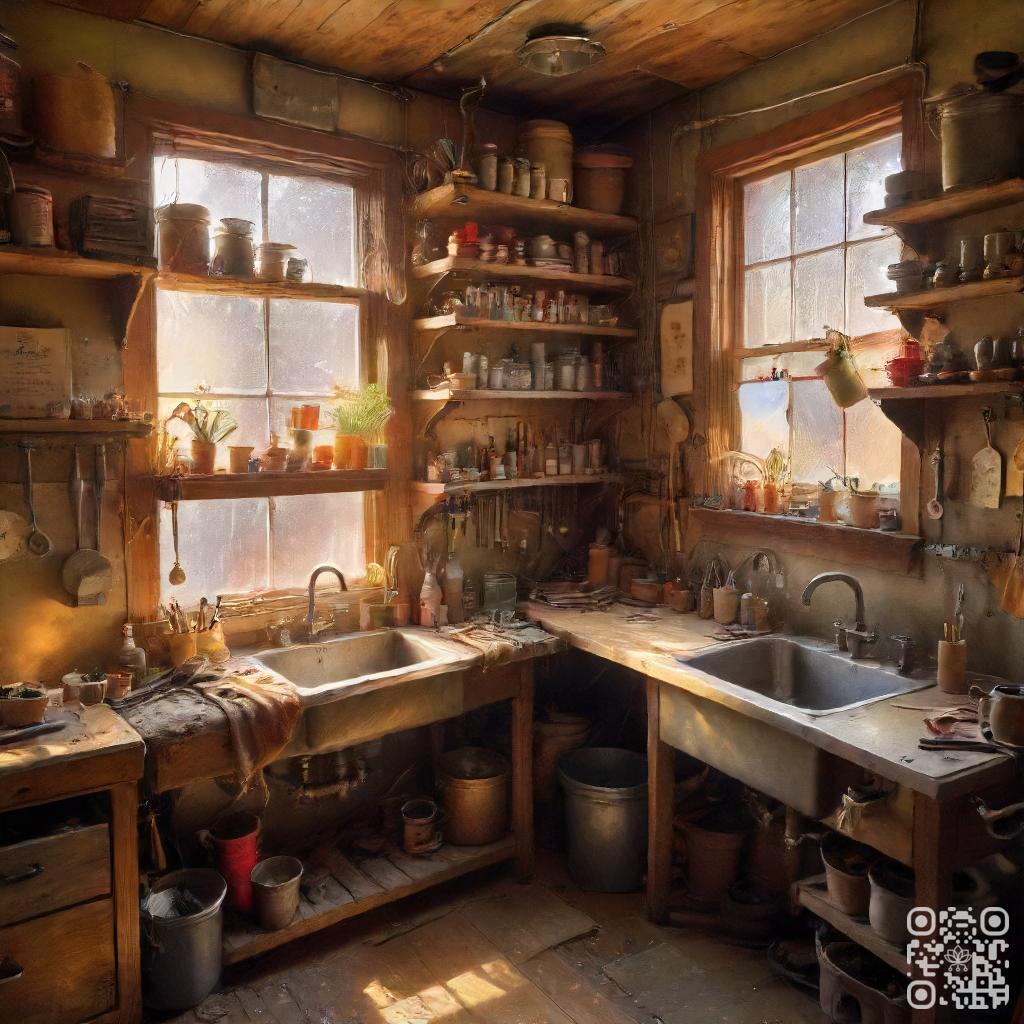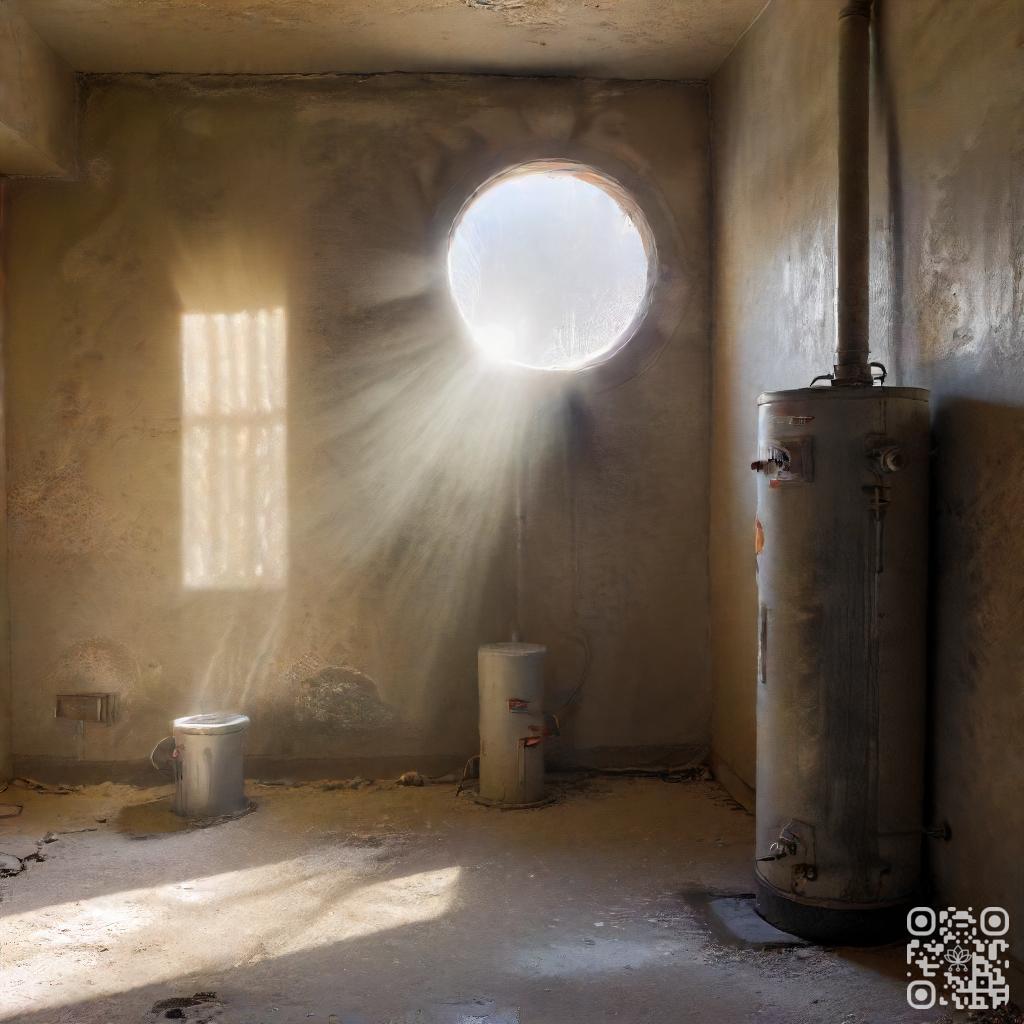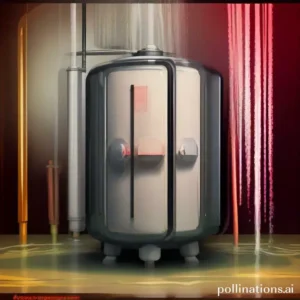
II. Flushing your water heater regularly can help remove mineral buildup and extend the lifespan of your appliance.
III. DIY flushing tips, such as turning off the power supply, draining the tank, and using a descaling solution, can help you maintain your water heater and save money in the long run.
In hard water areas, maintaining a properly functioning water heater can be a challenge. Notwithstanding, with our DIY flushing tips, you can ensure that your water heater stays in optimal condition.
By regularly flushing out sediment and mineral buildup, you can prevent issues such as reduced efficiency and shortened lifespan. Our step-by-step guide will walk you through the process, providing you with the knowledge and tools needed to keep your water heater running smoothly.
Say goodbye to costly repairs and enjoy reliable hot water with our flushing tips for water heaters in hard water areas.
Comprehending Hard Water
In this section, we will ponder the concept of hard water and its impact on water heaters. We will discuss what hard water is, how it affects water heaters, and the signs of hard water buildup in these appliances.
1. What is hard water?
Hard water refers to water that contains high levels of minerals, primarily calcium and magnesium. These minerals are naturally present in the earth’s crust and can dissolve in water as it passes through rocks and soil. The hardness of water is determined by the concentration of these minerals.
When hard water is used, it can leave behind mineral deposits on surfaces such as pipes, faucets, and appliances. These deposits, known as limescale, can cause various issues and affect the performance of water heaters.
2. How does hard water affect water heaters?
Hard water can have a significant impact on water heaters, particularly those that rely on heating elements or coils to heat the water. As hard water passes through the heating elements, it leaves behind mineral deposits. Over time, these deposits can accumulate and form a layer of limescale, which acts as an insulator.
This layer of limescale reduces the efficiency of water heaters by inhibiting heat transfer. It forces the heating elements to work harder and consume more energy to heat the water. As a result, the lifespan of the water heater may be shortened, and its performance can be compromised.
3. Signs of hard water buildup in water heaters
There are several signs that indicate the presence of hard water buildup in water heaters. These include:
- Reduced water flow: Hard water deposits can clog pipes and reduce water flow in the system.
- Increased energy consumption: As mentioned earlier, limescale buildup forces the water heater to consume more energy to heat the water.
- Strange noises: The accumulation of limescale can cause popping or rumbling sounds in the water heater.
- Decreased hot water supply: Limescale buildup can reduce the amount of available hot water.
To tackle hard water buildup in water heaters, regular maintenance is essential. This may involve descaling the heating elements or using water softening methods to minimize the impact of hard water.
| Signs of Hard Water Buildup | Effects on Water Heaters |
|---|---|
| Reduced water flow | Can clog pipes and reduce water flow in the system |
| Increased energy consumption | Limescale buildup forces the water heater to consume more energy |
| Strange noises | Accumulated limescale can cause popping or rumbling sounds |
| Decreased hot water supply | Buildup of limescale can reduce the amount of available hot water |
Flushing Your Water Heater
Flushing your water heater is an essential maintenance task that helps prolong its lifespan and ensures efficient operation. In this section, we will provide a step-by-step guide to flushing your water heater, along with some useful tips for effective flushing.
1. When to flush your water heater
Regularly flushing your water heater is recommended to remove sediment buildup and prevent issues such as reduced heating efficiency and potential damage. It is generally recommended to flush your water heater at least once a year. Although, if you notice any signs of sediment accumulation or reduced performance, it may be necessary to flush it more frequently.
2. Tools and materials needed for flushing
Before you begin the flushing process, gather the following tools and materials:
- A garden hose long enough to reach a drain or suitable outdoor area
- A bucket or a large container to collect the flushed water
- A pair of gloves to protect your hands
- Eye protection, such as goggles
3. Step-by-step guide to flushing your water heater
Follow these steps to flush your water heater:
- Turn off the power supply to the water heater. For electric water heaters, switch off the circuit breaker. For gas water heaters, turn off the gas supply.
- Attach one end of the garden hose to the drain valve located at the bottom of the water heater.
- Place the other end of the hose in a suitable drainage area or connect it to an outdoor faucet.
- Open a hot water faucet in your home to allow air into the system and facilitate draining.
- Open the drain valve on the water heater and let the water flow out through the hose. Be cautious as the water might be hot.
- Once the water appears clear and free of sediment, close the drain valve.
- Disconnect the hose and close the hot water faucet in your home.
- Turn on the water supply to the water heater and allow it to fill completely.
- Turn on the power supply to the water heater.
4. Tips for effective flushing
To ensure a thorough and effective flush, consider the following tips:
- Flushing your water heater when the tank is cold is generally recommended to minimize the risk of burns.
- If you have a particularly old or heavily sedimented water heater, you may need to repeat the flushing process multiple times.
- Regularly inspect the anode rod in your water heater and replace it if necessary. The anode rod helps prevent corrosion and prolongs the life of the water heater.
- Consider installing a sediment filter or water softener to reduce sediment accumulation and extend the time between flushes.
DIY Flushing Solutions for Hard Water Areas
Vinegar flush
Hard water can lead to mineral buildup in your toilet, causing clogs and reducing flushing efficiency. Fortunately, there are simple and cost-effective DIY solutions that can help you tackle this problem. One such solution is a vinegar flush.
Materials needed:
- A gallon of white vinegar
- A spray bottle
- A toilet brush
Step-by-step guide:
- Start by pouring the white vinegar into the spray bottle.
- Thoroughly spray the inside of the toilet bowl with the vinegar.
- Allow the vinegar to sit for about 30 minutes, giving it time to dissolve the mineral buildup.
- Use the toilet brush to scrub the bowl, ensuring that you reach all the areas that have been affected by hard water deposits.
- Flush the toilet to rinse away the vinegar and any loosened mineral deposits.
Precautions to take:
- Make sure to ventilate the bathroom whilst using vinegar, as the strong smell can be overpowering.
- Wear gloves to protect your hands during the cleaning process.
Baking soda and vinegar flush
If the vinegar flush doesn’t completely remove the mineral buildup, you can try a combination of baking soda and vinegar for a more powerful solution.
Materials needed:
- A cup of baking soda
- A gallon of white vinegar
- A spray bottle
- A toilet brush
Step-by-step guide:
- Start by pouring the baking soda into the toilet bowl.
- Follow it up with the white vinegar, slowly pouring it over the baking soda.
- Allow the mixture to fizz and bubble for about 10 minutes.
- Use the toilet brush to scrub the bowl, making sure to reach all the areas with mineral buildup.
- Flush the toilet to rinse away the mixture and the loosened deposits.
Precautions to take:
- As with the vinegar flush, ensure proper ventilation and wear gloves during the cleaning process.

Preventing Hard Water Buildup in Water Heaters
Hard water buildup can cause various issues in water heaters, such as reduced efficiency and potential damage to the heating elements. To ensure the longevity and optimal performance of your water heater, it is essential to take preventive measures. Here are some effective methods to prevent hard water buildup:
1. Installing a Water Softener
A water softener is a reliable solution for preventing hard water buildup in your water heater. It works by removing the minerals that cause hardness, such as calcium and magnesium, through an ion exchange process. By installing a water softener, you can significantly reduce the risk of scale formation in your water heater, thus prolonging its lifespan.
2. Using a Water Conditioner
In addition to a water softener, using a water conditioner can also help prevent hard water buildup. Water conditioners alter the chemical structure of minerals, inhibiting their ability to form scale. This method is particularly useful for areas with extremely hard water. Through convergence a water conditioner into your water heating system, you can minimize the accumulation of scale and maintain efficient operation.
3. Regular Maintenance and Cleaning
Maintaining and cleaning your water heater regularly is crucial for preventing hard water buildup. This involves flushing the tank periodically to remove any sediment or mineral deposits that may have accumulated. Additionally, inspecting the heating elements and replacing them if necessary can further prevent the negative effects of hard water. Regular maintenance ensures that your water heater operates at its best and avoids potential breakdowns.
| Method | Description |
|---|---|
| Installing a Water Softener | Removes minerals causing hardness through ion exchange. |
| Using a Water Conditioner | Alters mineral structure to inhibit scale formation. |
| Regular Maintenance and Cleaning | Flushes tank, inspects and replaces heating elements. |

Benefits of Flushing Your Water Heater
Flushing your water heater is an essential maintenance task that can bring numerous benefits to both the efficiency and lifespan of your appliance. By heeding a simple flushing procedure, you can enjoy improved performance, increased longevity, and even save on energy bills.
Improved Efficiency and Performance
Over time, sediment and mineral deposits can accumulate inside your water heater tank. This build-up can hinder the heat transfer process, causing your heater to work harder and less efficiently. Flushing your water heater removes these deposits, allowing for better heat distribution and ensuring optimal performance.
Increased Lifespan of Water Heater
Regularly flushing your water heater can significantly extend its lifespan. By removing sediment and mineral build-up, you prevent corrosion and potential damage to the tank and heating elements. This reduces the risk of leaks or malfunctions, ultimately increasing the longevity of your water heater.
Cost Savings on Energy Bills
A flushed water heater operates more efficiently, meaning it requires less energy to heat the water. By removing sediment and mineral deposits, you allow the heating elements to work at their full capacity, resulting in faster heating times and reduced energy consumption. This translates into cost savings on your monthly energy bills.
To illustrate the benefits of flushing your water heater, consider the following table:
| Benefit | Description |
|---|---|
| Improved Efficiency and Performance | Removal of sediment and mineral deposits allows for better heat distribution and optimal performance. |
| Increased Lifespan of Water Heater | Prevents corrosion and potential damage, reducing the risk of leaks or malfunctions. |
| Cost Savings on Energy Bills | Faster heating times and reduced energy consumption lead to monthly cost savings. |
Bottom Line
Flushing your water heater is an essential maintenance task that can extend the life of your appliance and improve its efficiency. Notwithstanding, if you live in a hard water area, you may need to take extra steps to prevent mineral buildup and corrosion. By obeying these DIY flushing tips, you can remove sediment and scale from your water heater and keep it running smoothly for years to come.
Remember to turn off the power and water supply before flushing your water heater, and use caution when handling hot water and tools. If you’re not comfortable performing this task yourself, consider hiring a professional plumber to do it for you. With proper care and maintenance, your water heater can provide reliable hot water for your home for many years.
Read More:
1. How To Flush A Water Heater With A Digital Control Panel?
2. Diy Flushing For Water Heaters With A Recirculation System












